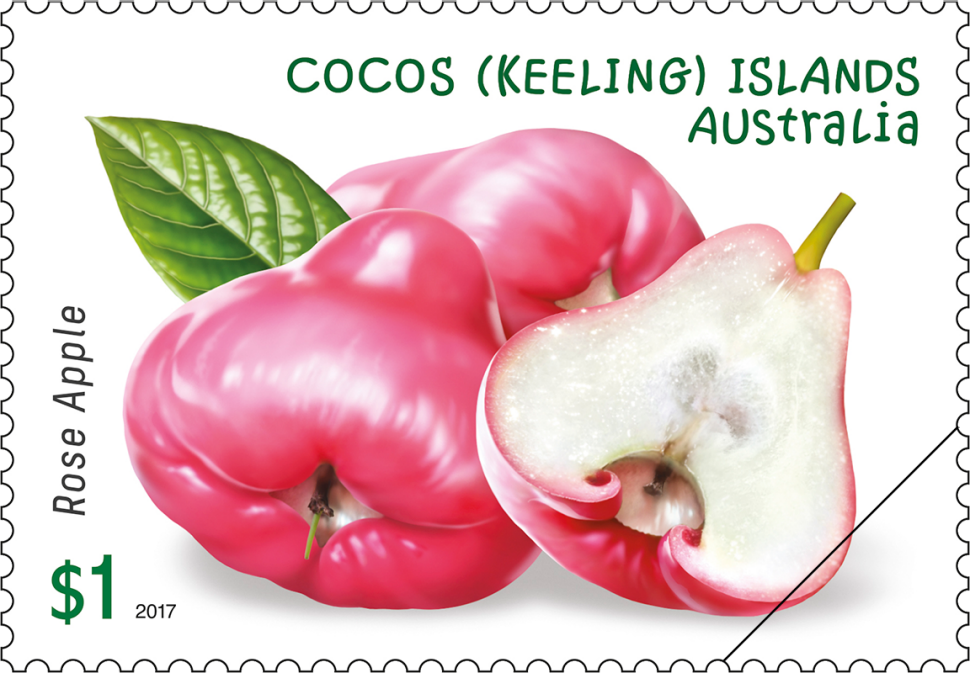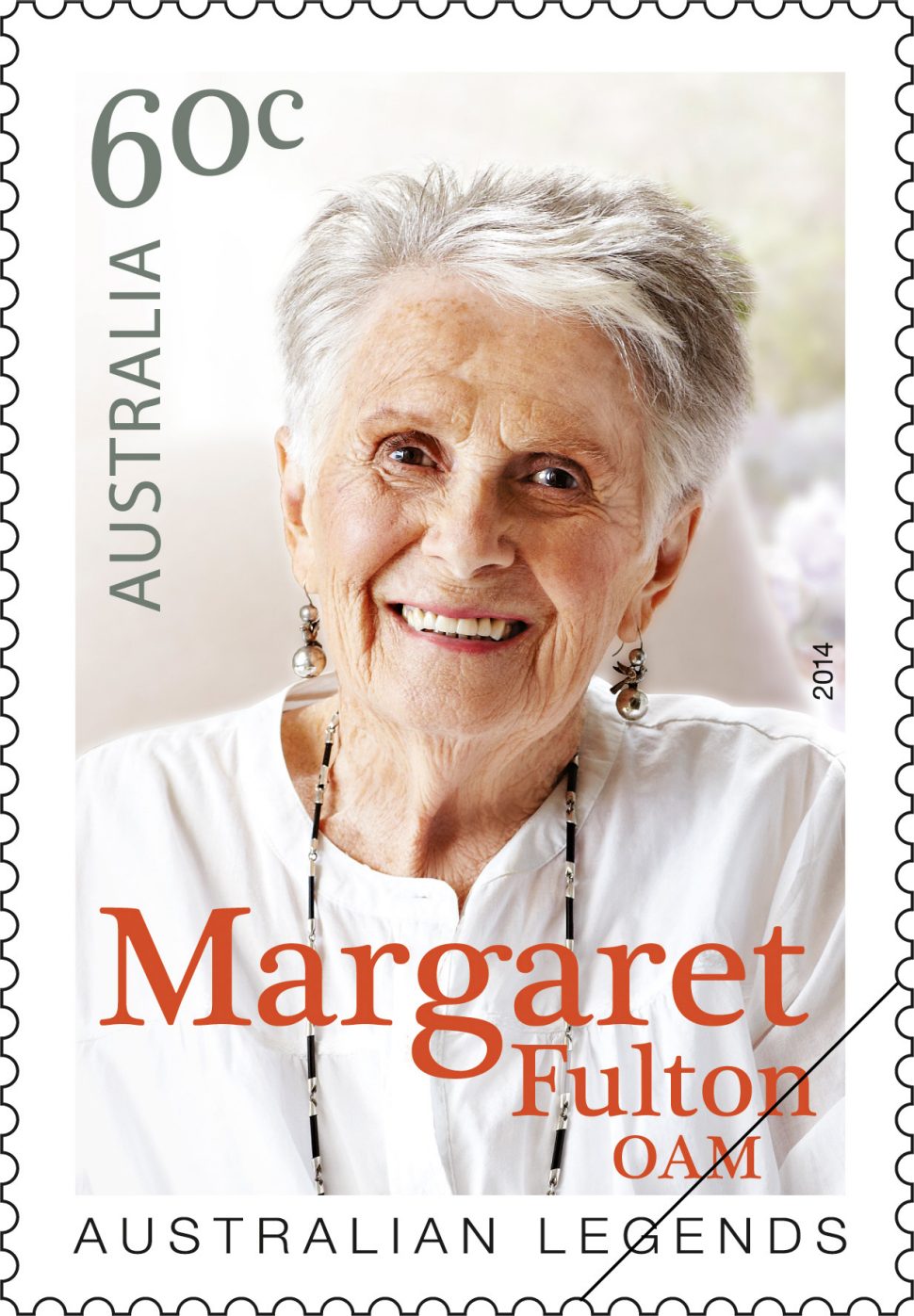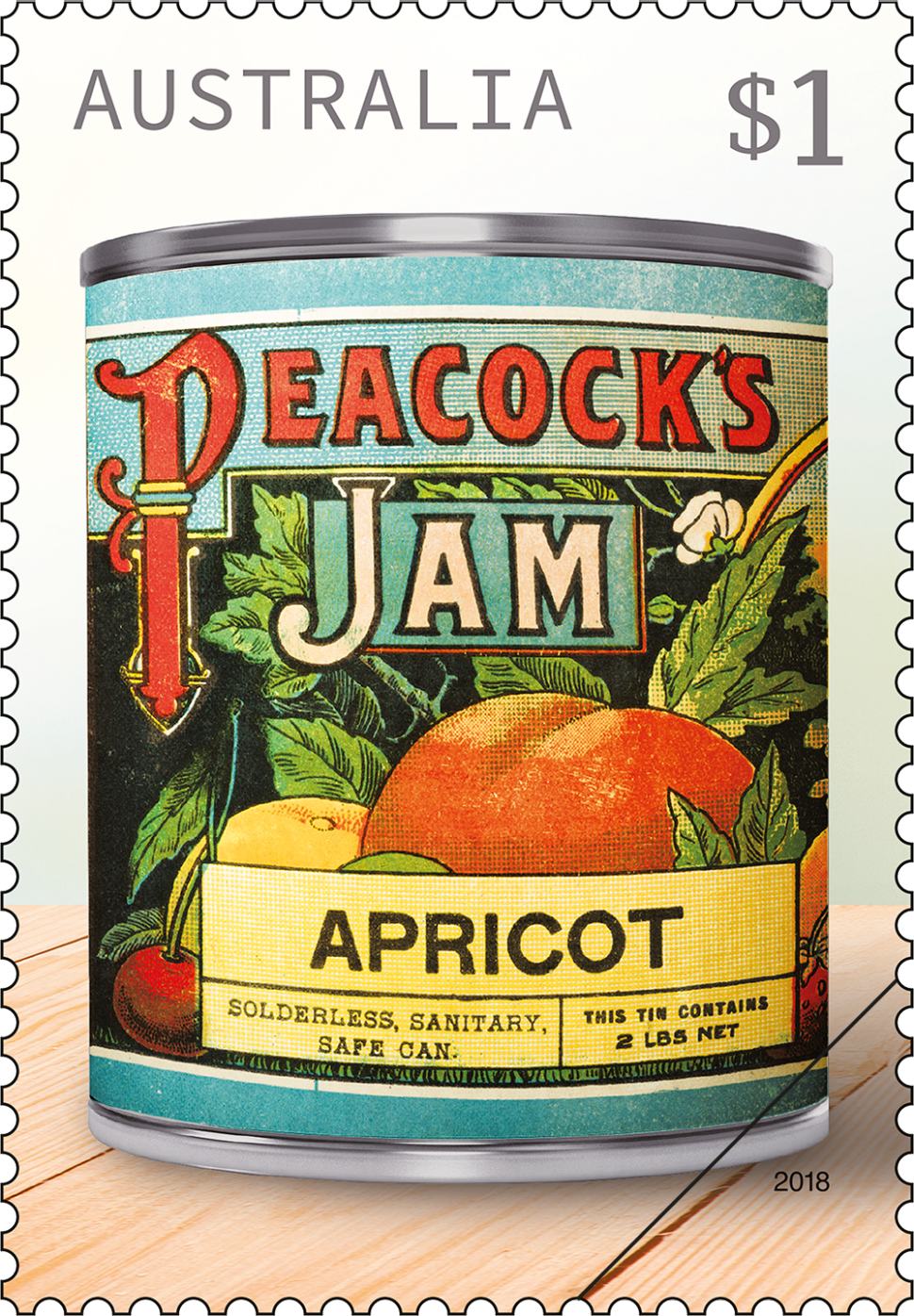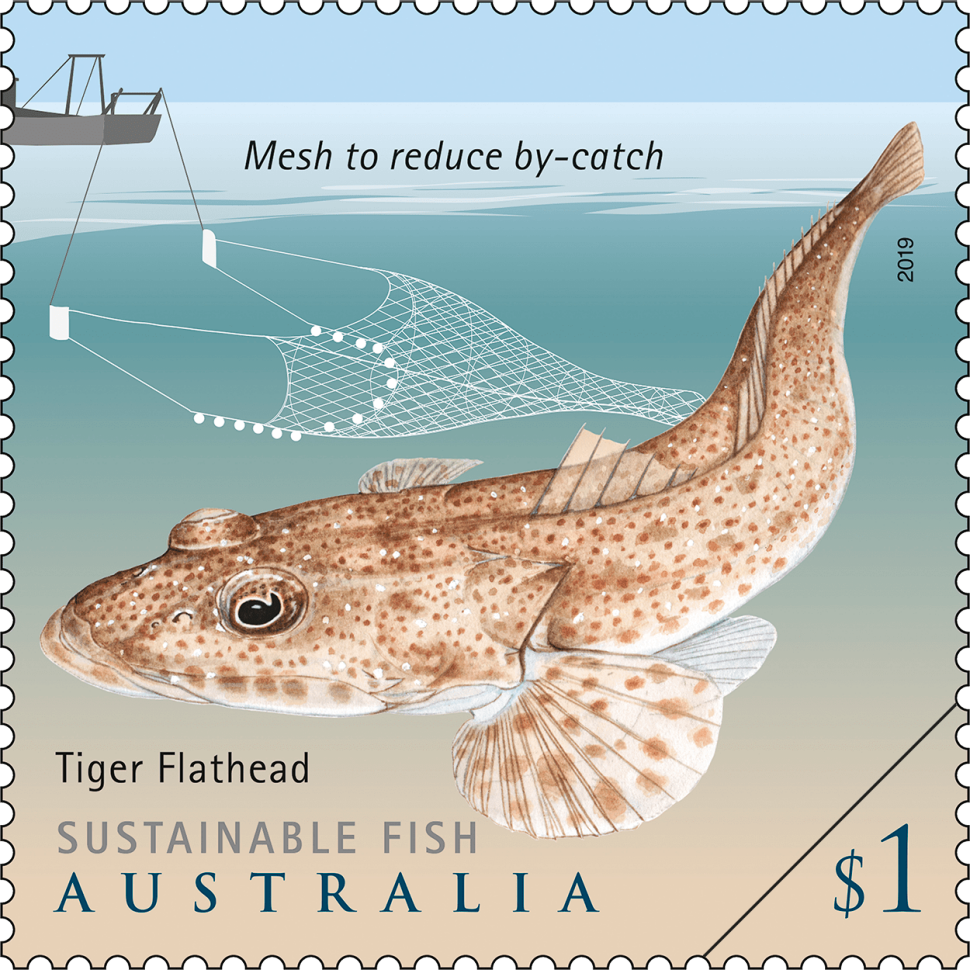The Bush Citrus stamp issue, which will be released on 13 August 2019, features three species from the citrus (Rutaceae) family: two from the genus Citrus and one from the genus Acronychia. Each native species is growing in mainstream popularity, thanks to commercial enterprises and the use of these ingredients by high-profile chefs (and even on the most recent series of Masterchef).
Desert Lime (Citrus glauca) produces a small fruit with a very tart flavour. It can be used in the same way as regular lemons and limes, though is often used to make cordials, sauces, garnishes marmalades, pickles and chutneys.
Lemon Aspen (Acronychia acidula) is a small to medium-sized rainforest tree. Its very small pale-yellow fruit is also known as “rainforest lemon”. It has an extremely strong citrus aroma and is tart, much like grapefruit. Lemon Aspen puree can be used in dressings, marinades, cordials and desserts.
The cylindrical fruit of the Australian Finger Lime (Citrus australasica) contains pulp that includes little caviar-shaped pearls, which pop with citrus flavour. The fruit pulp is often used as a garnish, but Finger Lime can also be used in dressings, jams and sauces, cordials and even cocktails.
The stamp illustrations are by Anita Xhafer, whose work also featured on the Garden Fruits of Cocos stamp issue, released in 2017.
In that stamp issue, the illustration style was bright and photo-realistic. In Bush Citrus, there’s more of a botanical feel, with fine line work providing a textural aspect to the illustrations, and muted colours conveying a sense of the Australian bush.
“The Garden Fruits of Cocos style was a lot more photo-realistic in style. I was aiming for a punchy colourful tropical look, whereas the Bush Citrus illustrations are a bit softer in style. I was going for a more ‘old worldly’ theme, in terms of both texture and colour, while still trying to retain a modern look,” says Anita.
“I loved the Old Masters growing up, and I think they were the inspiration for my realistic style – they made everything look so solid and tangible! The realistic style has held me in good stead, because there is always a need for that style of work in my field. However I can do other, looser styles such as the Bush Citrus stamp designs,” says Anita.
Anita Xhafer began her studies in design and graphics at RMIT at first, before completing her qualifications at Preston Institute, in Bundoora, “amongst the lovely cows in the fields in those days,” notes Anita.
“I have been drawing and painting as long as I can remember, so there was never any question about what my career would be. That is, something to do with art one way or the other,” says Anita.
Anita won a number of design awards at a young age, which cemented her determination to become an artist.
After graduation, Anita worked at some design studios in South Melbourne, which was the hub of graphic design at the time. However, Anita soon caught the freelancing bug, and she’s been freelancing ever since, for 35 years in fact, for design studios in Melbourne and further afield.
Anita says she still enjoys the freedom and variety that freelancing affords her, despite the occasionally insecure nature of the work. Anita’s work is varied, from food and beverage packaging, to posters and general advertising.
So how does she produce her stunning illustrations?
“I used to do all my illustration using traditional methods, such as watercolours, gouache, airbrush etc., but now I do most everything digitally and I love it. It is so much more flexible allowing me to juggle jobs and techniques. The internet is fabulous for researching reference material of course, plus I use my camera quite extensively for photographing source material,” says Anita.
“I mainly use Photoshop, but more as a painting tool than anything else. I sometimes use Painter and Rebelle 3, which can replicate more traditional mediums like oil paint and watercolour,” says Anita.
“I also use a Wacom drawing tablet with a digital ‘pen’ for these programs, because you can’t paint or draw with a mouse! Sometimes though, I import hand sketches using a scanner,” adds Anita.
Like many artists, Anita is in the envious position of really loving her work.
“I never tire of it. Every job however similar looking (superficially anyway) provides a challenge for me, and I love discovering new ways of doing things. The satisfaction of completing a job I am happy with is enormous, and of course I love to see a happy client. Time restrictions and deadlines of course always provide a challenge too,” says Anita.
“I have enjoyed working on stamp issues tremendously, especially with the luxury of time afforded to me to do them. It has allowed me to push things further than I am normally able to. And of course the people at Australia Post are fabulous people to work for,” says Anita.
Among the new challenges that stamp design has thrown into the mix include a more open design brief.
“Normally I get very tight briefs, but Australia Post gives me a lot of room to breathe and experiment - and that is both a challenge and a lot of fun,” says Anita.
“It’s a privilege and an honour to be asked to contribute to the Australia Post Philatelic collection.”
The Bush Citrus stamp issue is available from 13 August 2019, online, at participating Post Offices and via mail order on 1800 331 794, while stocks last.
View the gallery and technical details from this issue
This content was produced at the time of the stamp issue release date and will not be updated.







